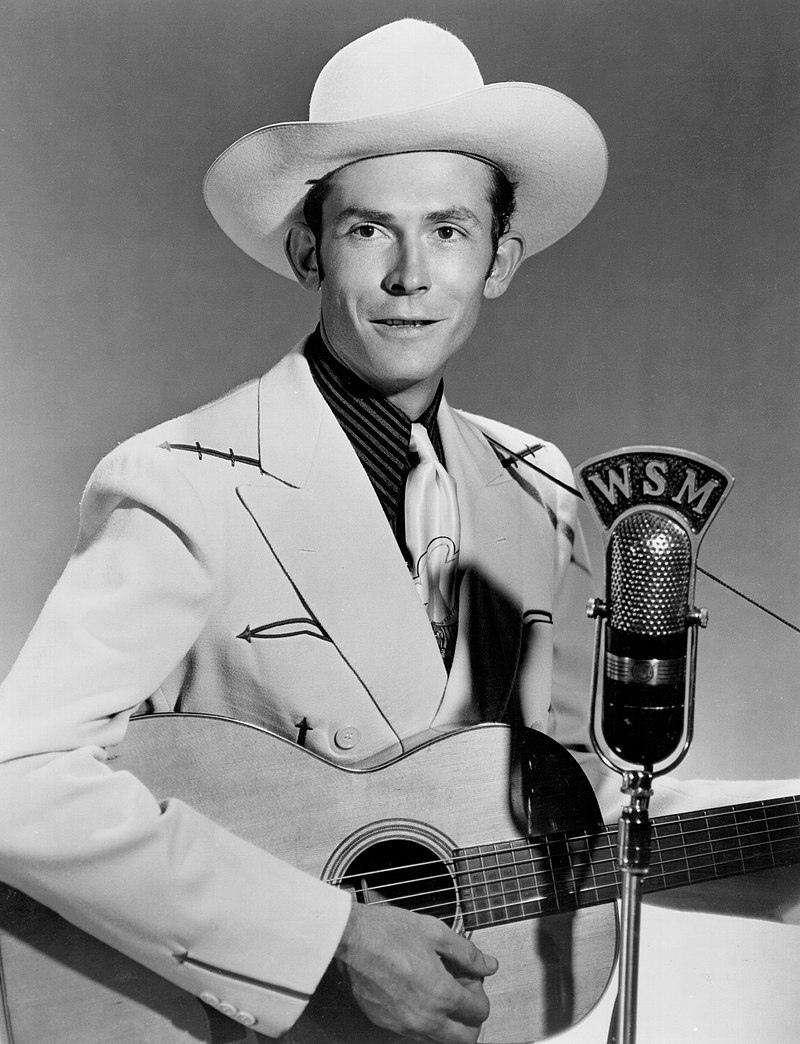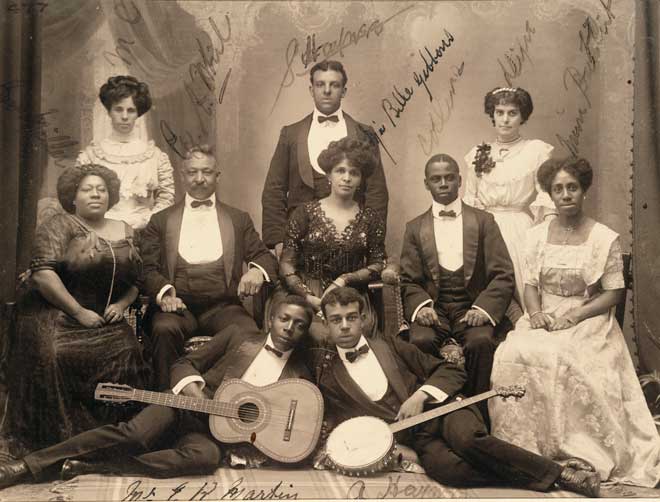In my previous post, I recounted how a bunch of us used to go out “wassailing” round the more salubrious parts of Ashford, and the distinctly well-heeled area between Saltwood and Sandling Station. As Mike, my chief partner-in-crime, commented last week
Big houses with appreciative, generous occupants. I remember gluhwein and mince pies, and even having the impression on subsequent years that some of our hosts had been expecting us and even looking forward to our arrival.
That’s exactly how I remember it too. It probably helped that we were collecting for charity rather than to line our own pockets. But also, compared to the usual brief, tuneless renditions of ‘Jingle Bells’ and ‘We wish you a merry Christmas’ which even then were becoming standard fare, we were a pretty good deal. We were mostly singing carols the people had never heard before. We sang them loudly, in harmony, and we sang them all the way through. Mind you that wasn’t always an advantage. I remember one poor gent, who invariably greeted us kindly, patiently waiting while we ground our way through all three verses of our favourite, ‘Shepherds Arise’, and then told us “Well I always enjoy your singing, but I have to say I thought that was dull as ditchwater!”. We were somewhat taken aback by this, but tried to repair matters by singing something rather livelier as an encore.
Other incidents that have stuck in the memory include the youngish man – drunk, or perhaps stoned – who came to the door in his dressing gown and informed us that he was the most entertaining guy we’d meet all night. And the dog with its head in a bucket, who its female owner (a magistrate as I recall) had in consequence taken to calling “Bucket”. Also, some years later (long after your time, Mike) we went singing round Faversham and were invited in by an Irish guy who worked as a buyer for Sainsburys, and had just been given a case of Jamesons – which he proceeded to dispense to us in very generous measures.
And then, of course, there was the house where we were presented with a copy of The Sacred Harp. From October 1979 Mike and I were regulars at the Heritage Society, the Oxford University folk club. We soon became friends with Dick Wolff, a mining engineer who was taking a Theology degree in preparation for becoming a United Reformed Church minister, and Dougal Lee, who I guess was doing English Lit, but whose chief ambition (subsequently realised) was to become an actor. One Monday night after we’d been chucked out of the Bakers’ Arms in Jericho, we went back to Dick’s house in Leckford Road, and there he produced a copy of The Sacred Harp. Now I was aware of Sacred Harp hymns from recordings by the Watersons and the Young Tradition, and from having seen Crows sing ‘Northfield’. But I’d never seen the book before, with its funny shapes, and literally hundreds of songs in four-part harmony just waiting to be sung. Well, we sang them: ‘Russia’, ‘Wondrous Love’, ‘Idumea’, ‘Morning Trumpet’, ‘Northfield’… eventually stopping at 1 o’clock in the morning, when Dick’s neighbours started banging on the walls. We were hooked, and sang together regularly after that (we never had a proper band name, but tended to refer to ourselves either as The Paralytics, or Three Agnostics and a Christian).
That Christmas, Mike and I introduced a couple of Sacred Harp numbers into our wassailing repertoire. So having been invited in to one house, and given sherry and mince pies, we must have sung one of those pieces, and explained where the song came from. Whereupon the man of the house said that he travelled regularly to the States on business and would see if he could find us a copy. One year later, back we went, and were delighted to find that he had been as good as his word, and we were now the owners of a 1968 facsimile of The Sacred Harp, 3rd edition, of 1859.
‘Shepherds Rejoice’ is number 288 in that edition, and it’s presented – as many pieces were in the early editions – in just three parts. The music is attributed to L.P. Breedlove, 1850. That’s Leonard P. Breedlove (1803-1864 according to this source). The song was first published in 1855 in McCurry’s The Social Harp. It’s number 152 in the modern Sacred Harp, where it’s gained an alto part having been “Rearranged by B.S.Aitken, 1908” but lost one of the four original verses. Well, strictly speaking it’s lost two of the original six verses – you’ll see what I mean if you visit https://hymnary.org/text/shepherds_rejoice_lift_up_your_eyes. The words were written by the great English hymnodist, Isaac Watts (1674-1748) and originally published as ‘The Nativity of Christ’ in Horae Lyricae, 1706.
You can hear a four-part rendition of the piece as it appears in the modern Sacred Harp at https://soundcloud.com/keillor-weatherman-mose/shepherds-rejoice-cmd-152-sacred-harp
I don’t know if the tune was originally a folk tune, harmonised by Breedlove, or if he just wrote a tune which sounded very much like something that could have come from the tradition. Either way, I’ve always felt that this would go rather nicely with 5-string banjo and fiddle. But failing that, I now realise an anglo-concertina is a perfectly acceptable substitute!
Shepherds rejoice
Andy Turner: vocal, C/G anglo-concertina





:format(jpeg):mode_rgb():quality(90)/discogs-images/R-2745948-1299163864.jpeg.jpg)

